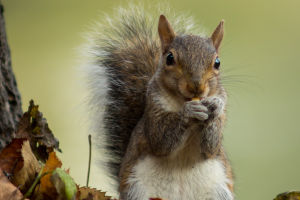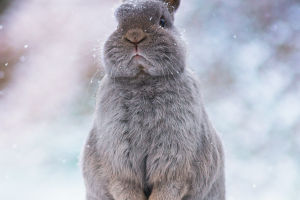Alpaca Origins Unveiled
The search for the 500-year-old mystery of the alpaca's origins
Not long ago, a piece of news shocked the world! "Antibodies found in alpacas can cure COVID-19"? Our internet-famous alpaca baby was thrust into the limelight, with everyone saying, "This time, alpacas saved the world."
So, here's the question, the alpaca that has been in the limelight for so long, is it a sheep?
Alpacas, the name brings to mind their appearance, with certain similarities to both camels and sheep.
Indeed, alpacas bear some resemblance to camels, such as their long necks, fleshy hooves, and a similar gait, along with a water-filled stomach allowing them to go days without drinking. Based on these characteristics, they are also referred to locally as "American camels."
However, upon closer inspection, their appearance and structure differ significantly from camels; their bodies are smaller, lacking the humps on their backs, with slender limbs and sharp, curved hooves at the front. Their faces are narrow, with long, pointed ears, large expressive eyes, and a very graceful appearance.
Their tails are short, with long, fine fur. One notable feature is their toes, which are much more separated compared to camels, enabling them to traverse rocky terrain and swim in water.
In fact, alpacas are descendants of camels!!
Fifty million years ago, camels living in North America embarked on a journey to explore the continent due to a drop in sea levels. However, they became separated...
One group crossed the Bering Strait, from North America to Asia, evolving into the familiar two-humped camels we know, as well as the one-humped camels of Africa.
The other group migrated south from North America, reaching the Andes Mountains in South America, giving rise to the ancestors of South American camelids—the guanacos.
Among the South American camelid family of guanacos, there were four brothers: alpacas, llamas, vicuñas, and guanacos, of which only alpacas were domesticated by humans.
But the question remains, which species gave birth to alpacas?
There is international controversy, with archaeological and morphological studies suggesting that alpacas were domesticated from either vicuñas, llamas, or hybrids of guanacos and llamas, with guanacos being domesticated from vicuñas;
while some studies based on limited molecular markers indicate that alpacas were domesticated from llamas, and guanacos were domesticated from vicuñas.
Five hundred years ago, the Spanish conquistadors invaded South America led by Columbus's brother. Many alpacas, like humans, perished. Survivors found refuge in the unsuitable Altiplano plateau for human habitation. However, the Spaniards couldn't differentiate between the camelid species and mixed them.
Alpacas are highly intelligent, social animals. Originally domesticated in the Andean region, they include both large and small varieties. The small alpaca lives in high-latitude areas and cannot withstand transport. Its fine wool is a significant raw material for the manufacture of Moche textiles.
The large alpaca was initially a highland animal, later bred in the northern coastal regions of Peru. It was the only pack animal in the area and was commonly used for trade between the highlands and the coast, as well as for journeys from the mountains to the Amazon basin.
The history of South American camelids dates back two thousand years. Modern theories suggest that alpacas are descendants of the domesticated small alpaca around six to seven thousand years ago. The breeding and management of alpacas reached its peak during the Inca Empire in the 11th and 12th centuries.
During this period, the breeding of both alpacas and large alpacas was managed by a special state institution composed of nobility. Alpacas were the most valuable livestock at that time, and selective breeding aimed to produce more varieties of fine wool and maintain breed purity.
Spain not only conquered everything but also destroyed the high-quality alpacas that the Incas had labored to obtain for years. Even before the Spanish aggression, the number of alpacas and large alpacas had reached several million.
In just 100 years, Spain reduced the number by 90%, replacing them with sheep, cattle, and horses. Breeding programs continued for hundreds of years but never reached the numbers of the Inca era, where alpacas were integral to their beliefs and culture.
Today, alpacas have not only taken to the world stage but also occasionally garnered significant attention. However, many people still can't tell the difference—alpacas may be cute, but they are not sheep!


